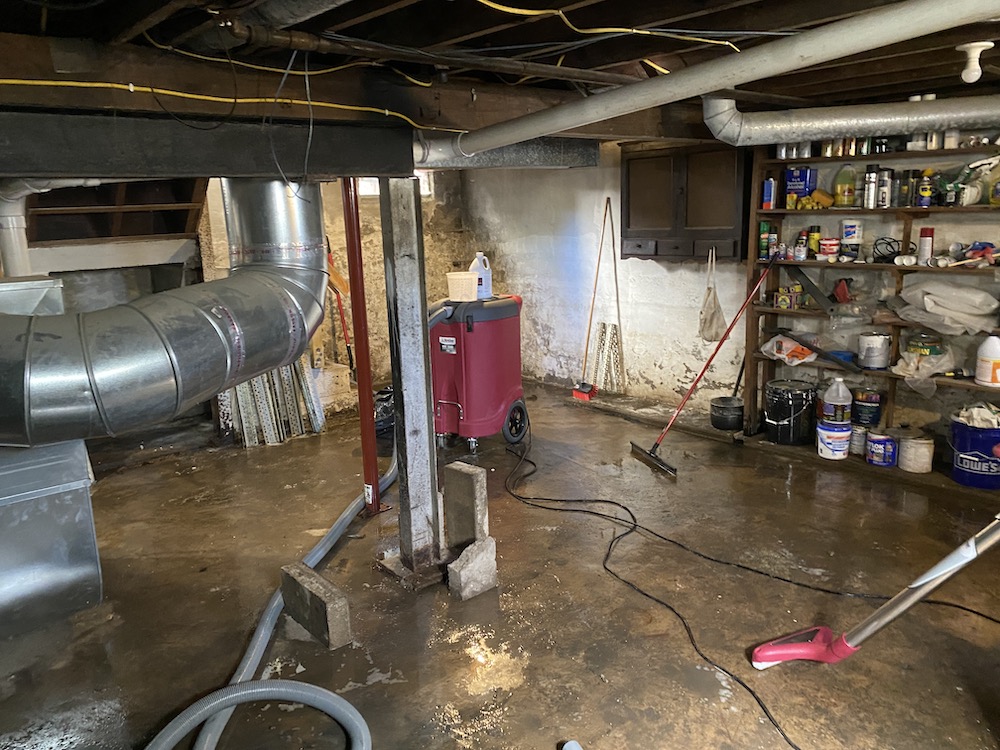
Sewer line and toilet backups can cause sewage to infiltrate your basement or other parts of your home or business. This dark, contaminated water poses a serious health hazard and requires immediate professional sewage cleanup in Houston, TX. Sewage water contains dangerous contaminants such as pathogens, bacteria, and viruses, all of which can pose significant health risks to humans and animals if exposed.
Acting quickly to address sewage backups is critical. Prompt removal of sewage from your property is essential to minimize damage and protect the health of everyone involved. Understanding the common causes of sewer backups can also help prevent hazardous situations in your home or business. Below are some potential causes of sewer backups and tips for prevention:

Floodwaters and sewage-contaminated environments pose significant health and safety risks. Contaminants can become aerosolized when dried, creating additional hazards through inhalation. Proper personal protective equipment (PPE) is necessary when dealing with these situations. Professional services ensure that sewage is safely removed, and your property is thoroughly cleaned, sanitized, and restored.
At PuroClean, we follow industry standards outlined by the Institute of Inspection, Cleaning, and Restoration Certification (IICRC) to ensure effective and safe remediation of sewage and contaminated water (Category 3 water). Here is our step-by-step process:
When you experience a sewage backup in Houston, TX, PuroClean is here to provide expert sewage cleanup services. Our trained professionals use advanced equipment and proven cleaning methods to remediate damage, remove contaminants, and restore your property.
We pride ourselves on the quality of our work, the speed of our response, and the compassion we provide throughout the process. Whether it’s your home or business, our goal is to restore your property to a safe and clean state, giving you peace of mind.
If you’re facing a sewage backup, don’t wait—contact PuroClean at (713) 250-8800 for fast, professional sewage and biohazard cleanup services in Houston, TX. Your safety and satisfaction are our top priorities.
The Center for Disease Control and Prevention (CDC) requests that we all do our part to slow the spread of the coronavirus. We can do this by avoiding close contact [...]
Blood itself is not a biohazard, it’s what may be in the blood that is potentially hazardous, such as bloodborne pathogens (BBPs) or infectious microorganisms, that can cause diseases. [...]
As with any virus, the Coronavirus spreads when an infected person coughs or sneezes, and any respiratory droplets come in contact with another person. Keeping a good distance from infected [...]
Cleaning your home after it has been compromised by someone with the Coronavirus infection is an important followup to keeping yourself and your family members safe. Be sure to thoroughly [...]
According to the World Health Organization, transmission appears to be limited; however, it is possible that older adults and persons who have underlying chronic medical conditions may be at risk [...]